Kukrail, a lush and quiet pocket of biodiversity nestled within Lucknow, is facing a dilemma: progress or preservation? The Uttar Pradesh government’s proposal to build a night safari and relocate the existing zoo into the Kukrail forest has stirred both anticipation and alarm. On paper, it promises eco-tourism and a new chapter in urban engagement with wildlife. But in practice, it stands at the doorstep of one of India's most critical conservation efforts; the Kukrail Gharial and Crocodile Rehabilitation Centre.
This isn’t just about one forest. It’s about a fundamental question. Can we truly build a sustainable future if we threaten the ecosystems that sustain us?
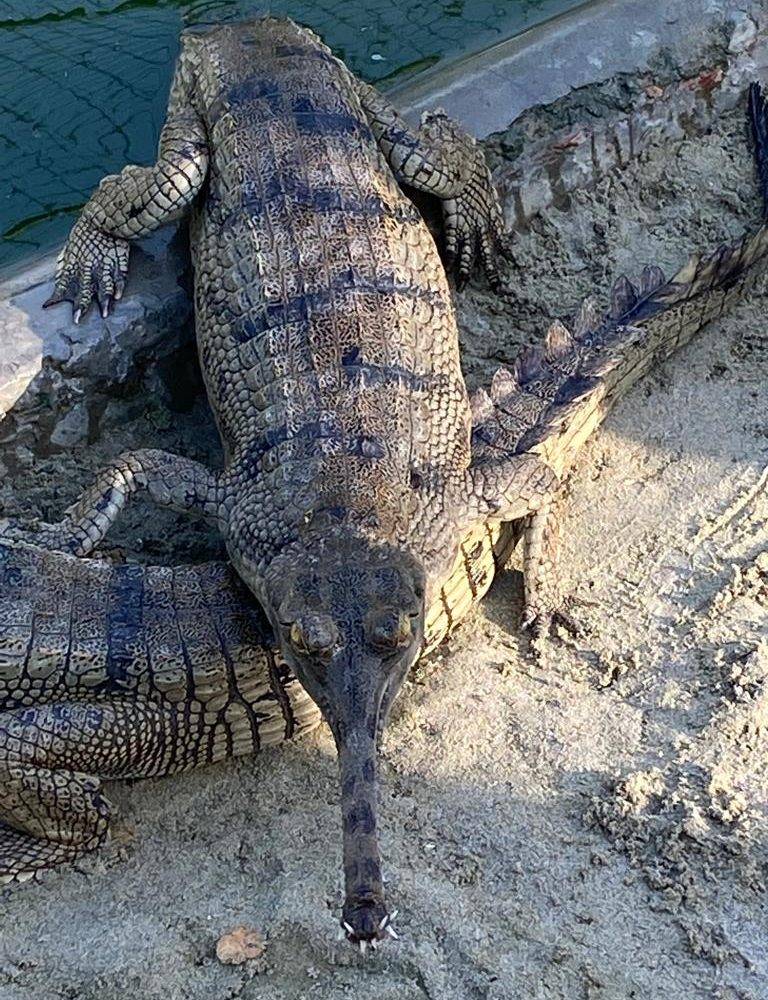 Kukrail: A Legacy of Conservation
Kukrail: A Legacy of Conservation
Established in 1978, the Kukrail centre is one of only a few in India dedicated to the conservation and breeding of Gavialis gangeticus, the critically endangered gharial. Over the decades, it has quietly reintroduced hundreds of gharials into the Ganga and its tributaries. It is also home to freshwater turtles and mugger crocodiles, species whose survival is intertwined with India’s river health, water security, and ecological balance.
The forest that cradles this centre isn’t just green space. It is a living, breathing sanctuary that hosts not only reptiles but also birds, small mammals, and native flora that together make Kukrail a biodiversity hotspot in an increasingly urbanised world.
A Personal Connection to Kukrail
This story is not abstract for me. It is deeply personal. My uncle, a retired Indian Forest Officer, was directly involved in the restoration and protection of Kukrail’s sensitive habitat. His stories of carefully shifting water flows, ensuring safety for nesting gharials, and working hand in hand with local communities gave me a new lens to view conservation, not just as policy or science, but as compassion in action.
Years ago, I had the privilege of visiting Kukrail with him. I remember the quiet pride in his voice as he showed me the hatchlings under protection, the shade nets built to mimic natural canopy, and the dedicated forest staff working tirelessly with limited resources but limitless commitment. That visit was not just a glimpse into a conservation project. It was a powerful reminder of what responsible stewardship looks like.
As someone who has seen the quiet dignity of this place, who has walked along its forest trails and watched the sun glint off the still waters where crocodiles rest, I feel this proposal demands far more scrutiny than it's getting. The trees here are not just wood and leaves. They are habitat. They are protection. They are history.
The Safari Vision: At What Cost?
The proposed night safari, spanning over 900 acres, aims to create a tourist attraction like no other in India. It promises to combine wildlife experience with economic opportunity. But such visions come with consequences. Tree felling, road expansion, artificial lighting, human intrusion, and noise all risk fragmenting habitats and destabilising delicate breeding ecosystems.
Though the government has assured that the breeding centre will not be disturbed, conservation experts warn that environmental impact is often indirect and insidious. Habitat stressors can lead to breeding failures, increased mortality, and altered behavioural patterns in reptiles. Once disrupted, ecosystems do not always bounce back.
Importantly, as reported by Hindustan Times, the project is still awaiting clearance from the Uttar Pradesh State Wildlife Board and the Supreme Court, which must weigh its ecological implications before giving a final nod.
CSR Stakeholders: It’s Time to Show Up for Biodiversity
India’s CSR ecosystem has evolved impressively over the past decade, with companies championing causes like education, health, livelihoods, and digital inclusion. Yet when it comes to biodiversity, support is often an afterthought. Environmental conservation receives only a sliver of total CSR funding, and even less finds its way into species-specific or habitat-centric efforts.
Kukrail presents both a responsibility and an opportunity for the CSR community. This is not about opposing development. It is about ensuring that development does not erase what little wilderness we have left.
CSR stakeholders can play a crucial role in several ways. They can support independent ecological assessments to monitor construction and tourism-related impact. They can fund buffer zone conservation projects to maintain habitat integrity. They can invest in public education initiatives to deepen awareness of gharials and river ecosystems. They can collaborate with local forest officials and conservationists to create community-led eco-tourism models — ones that are sustainable, inclusive, and rooted in science.
It’s Not a Zero-Sum Game
There is a way forward — one that blends conservation with economic upliftment, tourism with scientific responsibility. But it demands foresight, empathy, and above all, accountability.
Let Kukrail become a story not of conflict, but of convergence — where India’s CSR leaders stepped up not only to write cheques, but to rewrite what progress means in an age of ecological urgency. A story where gharials sun themselves peacefully by undisturbed streams, and children gaze at them in awe from respectful distances. A story where business and biodiversity do not compete but coexist.
In the race to modernise, let us not forget to protect what makes us deeply human - our relationship with the natural world!



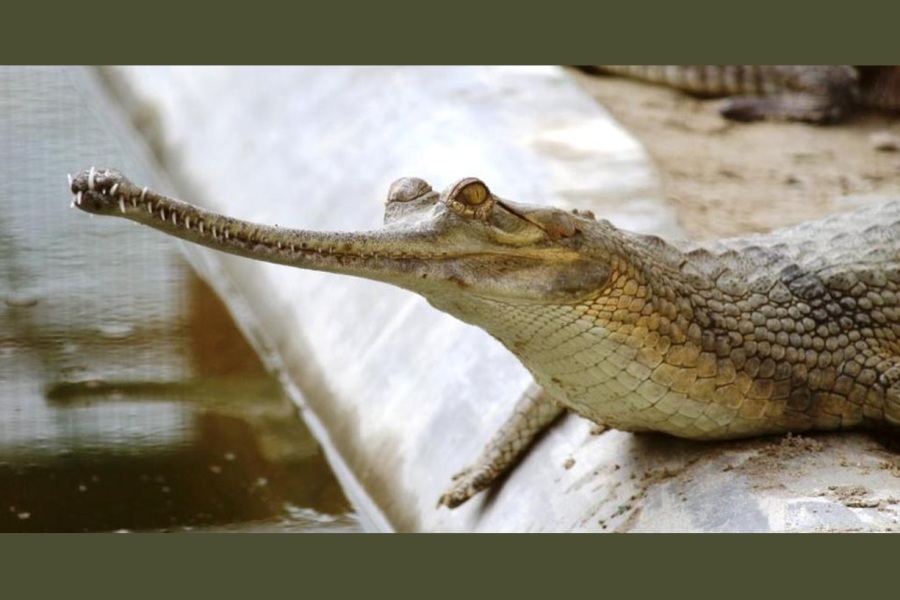
 Kukrail: A Legacy of Conservation
Kukrail: A Legacy of Conservation

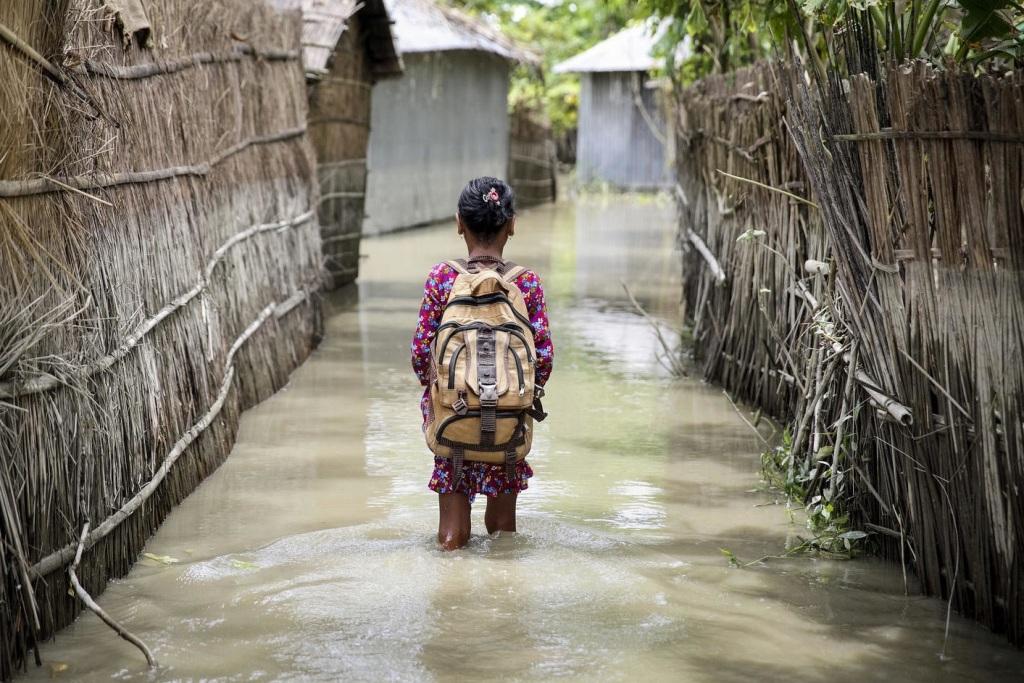

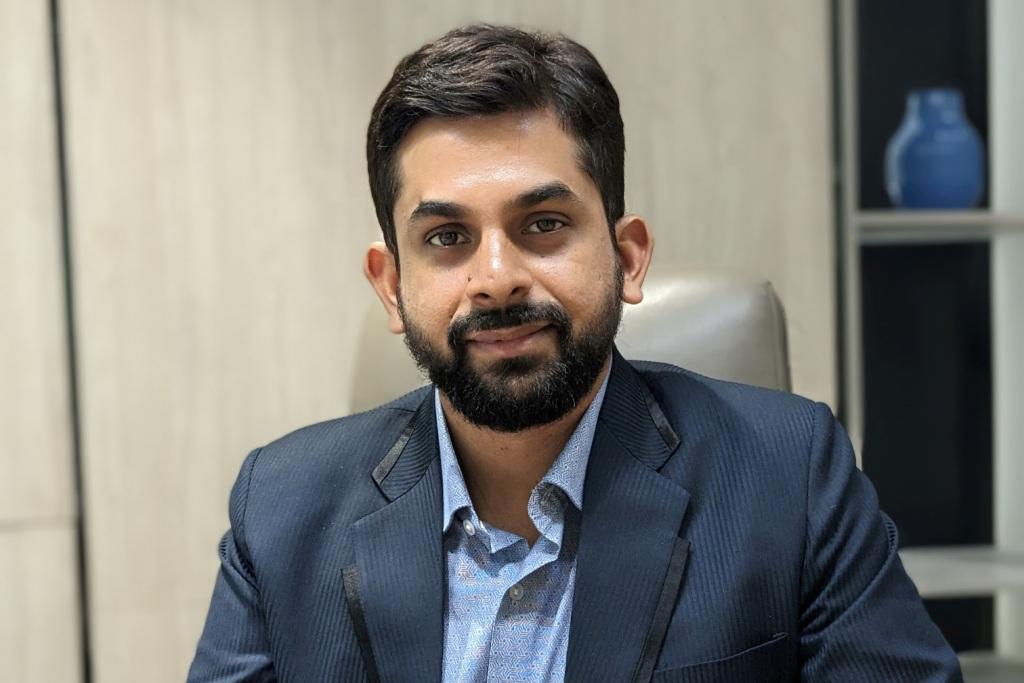
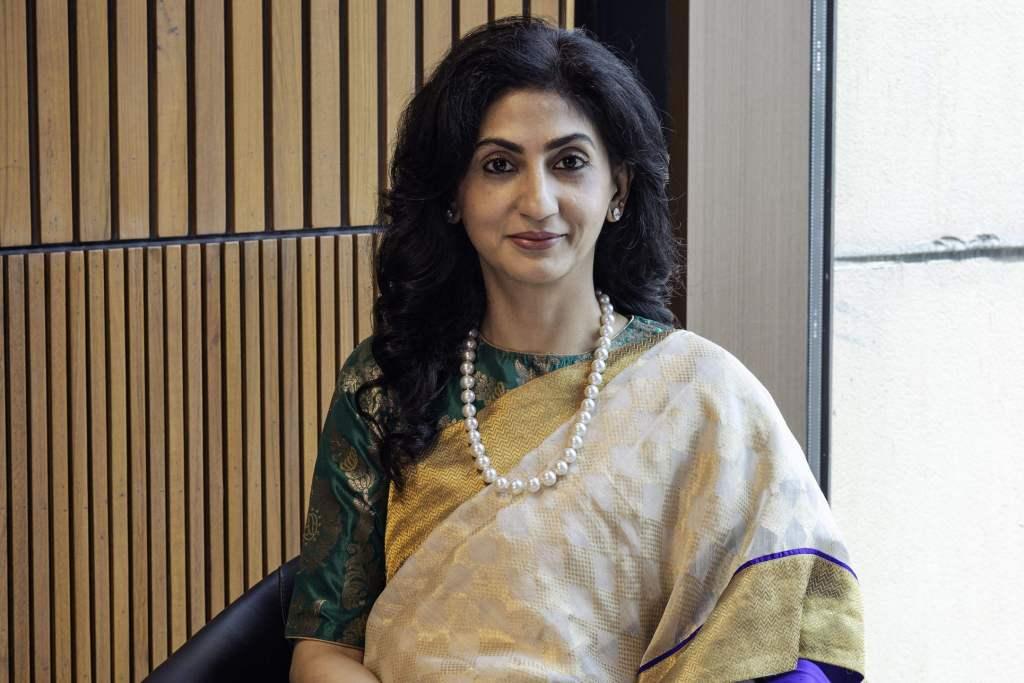






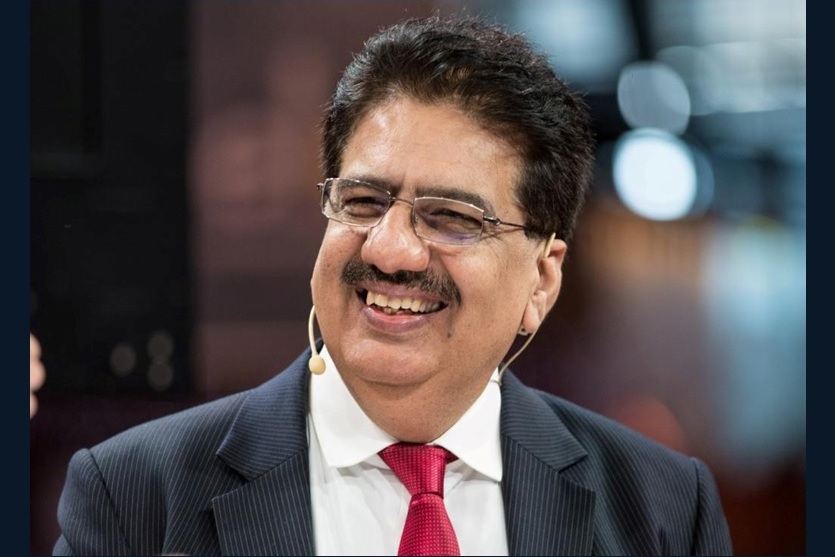

.jpg)




